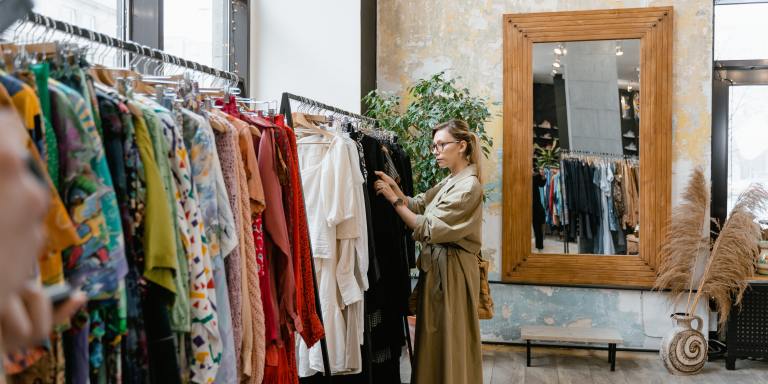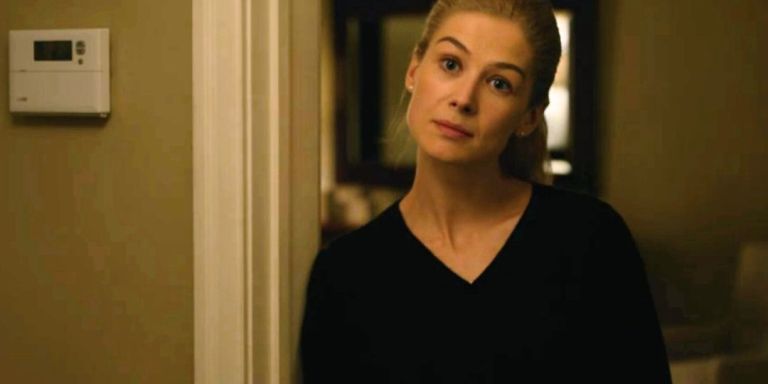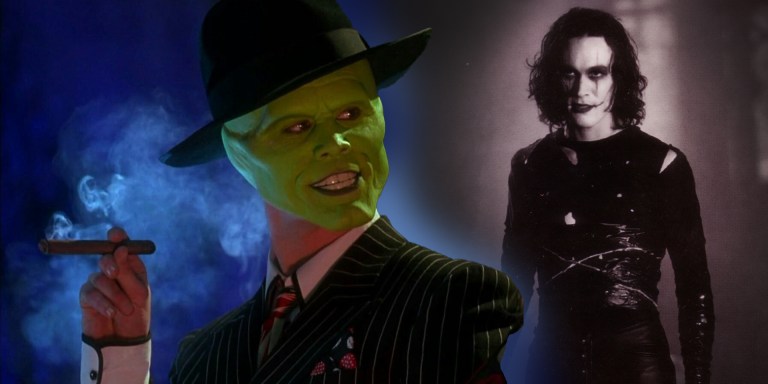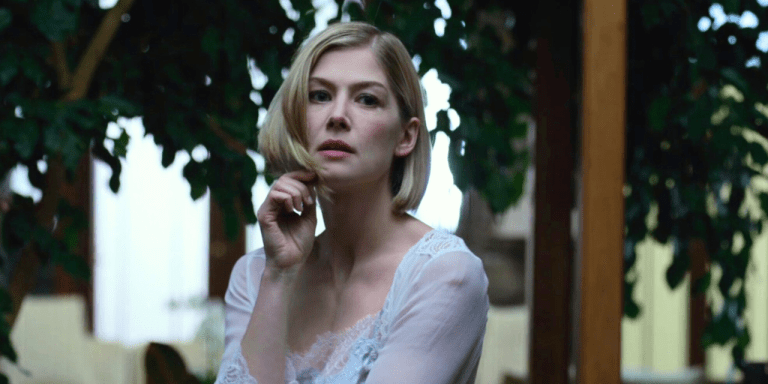Also of great importance was the pay phone. There was always drama with the pay phone, though. Did someone leave money behind in that pay phone?! Is there a heroin needle in the ‘returned change’ slot of that pay phone?! Does that pay phone have anthrax on the buttons?! The pay phone was like, the phone equivalent of a middle child. Did you ever see the episode of Saved by the Bell (Winter Break) when the gang works at the mall and Zack leaves his homeless girlfriend’s homeless dad a fat wad of cash in the pay phone ‘returned change’ slot? The pay phone was a serious ass deal back then.
But really, the phone was nothing without the answering machine. Answering machines really brought out the worst in people, didn’t they? Families were forced, usually by mom, to record Stepford messages all in the name of impressing the neighbors or the extended family or whoever mom felt belittled by that month. Worse were the messages that starred Scruffy, family dog, who’d contribute a few barks to the answering machine message. Then mom would chime in. “That means ‘leave a message’ in human! Hehe!” When you were young, you hoped that none of your friends would call and hear that message. Answering machines were created to make you feel inadequate and socially awkward, whether you were the message receiver or the message leaver.

AOL
AOL was amazing for a number of reasons, but in this instance I’d like to remember it as one of the first iterations of internet dating. When you logon to a dating site now, you can shop for a “ten.” It’s like a Farmer’s Market of Fuck on those sites. You can also weed out any undesirables based on religion, height, income, smoking habits, you name it. But back in the day, there wasn’t any of this “answer 1,000 nitpicky questions” and “linking to real-life-stuff in my dating profile, thus opening myself up to be Google’d at maximum” business. Online dating was like, get in chat and type “24/f/nyc.” Done. Most people didn’t have photos online in the ‘90s. Scanners were equivalent to NASA technology back then. Internet users didn’t even mind not knowing what you looked like, though. You were on the internet and therefore, you were accepted. There was true anonymity.
The cool thing about AOL was that, in addition to tying up your phone line for hours, AOL billed its users hourly. So if you stayed online for four hours chatting with a love interest, that meant you were really, really, into them. Your bill would come to something like 257 dollars, and you’d go online and IM your love interest and go, “Babe. I <3 you so much that my AOL bill is $257. G2G tho. Page me. @–>->” And honestly, that is the most validating IM a ‘90s love interest could hope for.
If you wonder why Generation X looks at you and says, “What the fuck are you doing on the internet all day long? Why do you have six blogs? Why do you have 9,448 photos on Facebook?,” it’s because they don’t take communication for granted. Communication used to be something you had to actively pursue, something that was never “unlimited.” If a guy called you, you can bet he wanted to see you again. He spent at least 25 cents on that call. Now, you text a dude and get a text back because it has been ingrained in him that “no one is ever too busy to ignore a text” and texting is free, forever, for most people. You get a response to an IM because the person you’re initiating chat with is bored, stoned, drunk, or any combination of those things.
When people romanticize the ‘90s, it’s not because it was particularly “better” than it is now. It’s because it took more than ‘liking’ a status on Facebook to cement a friendship. It’s because courting someone took more effort than a text every other day or so. It’s because someone could destroy you emotionally and you’d never hear from them again, and you’d know what it really felt like to have a broken heart and what it’s like to not be able to do anything about it. It’s because you’d go to your neighborhood bar, and your drinking buddies would show up, and it wasn’t because you’d checked in on FourSquare. The ‘90s were the last decade of genuine emotion; the last time harvesting relationships took time, money, and effort. As technology simplifies communication, our lame-in-comparison attempts to build virtual relationships cease to have meaning. ![]()





